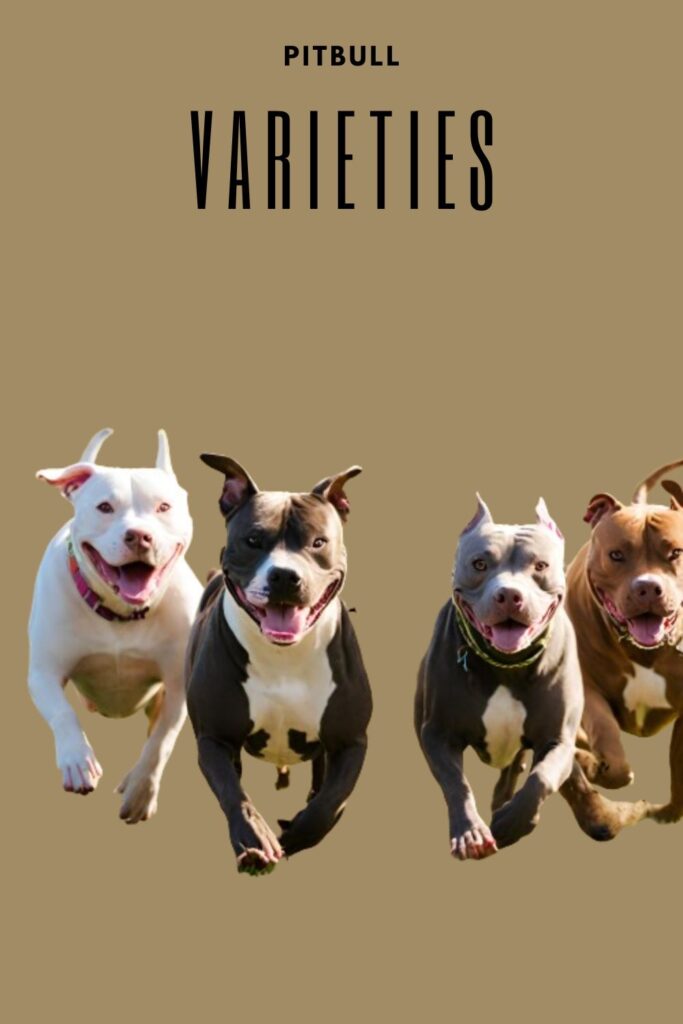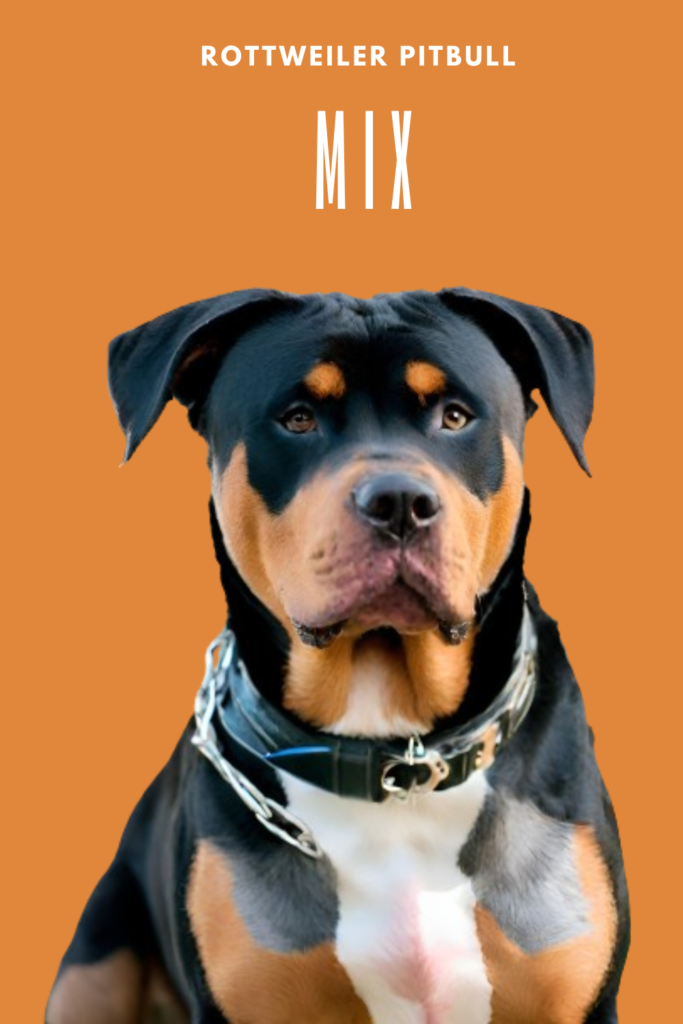Pitbull Dog Breed Types: Discover 3 Shocking Breeds (With Pictures)
Introduction

If youv’e considered adding a pitbull to the Family, then youve defimately asked yourself “what are the Pitbull Dog Breed Types?”. In this blog post, we will talk about the various Pitbull Dog Breed Types, breaking down the characteristics, history, and unique traits that distinguish each. Whether you’re a seasoned Pitbull owner or considering bringing one into your home, join us in unraveling the rich tapestry of this diverse canine family.
Pitbull History Facts
To understand the different types of Pitbulls, it’s essential to go into their shared history. In this section, we’ll explore the origins of Pitbull breeds, tracing their roots back to 19th-century England. From their inception as working dogs to their roles in various societies, gain insights into the historical context that shaped these breeds. By understanding their past, we can appreciate the foundation on which the diverse types of Pitbulls have been built.
Origins in 19th-Century England: Original Pitybull 1800s
The story of Pitbulls begins in 19th-century England, where their ancestors were developed through the crossbreeding of Bulldogs and Terriers. This combination aimed to produce dogs that possessed the strength and tenacity of Bulldogs alongside the agility and gameness of Terriers. These traits were essential for the various roles these dogs would come to play.
Inception as Working Dogs
Initially, these dogs were bred for a variety of working roles. They were used on farms for herding livestock, hunting game, and guarding property. However, one of the most notorious uses of these dogs was in blood sports such as bull-baiting and bear-baiting. These brutal sports involved pitting dogs against much larger animals, showcasing the dogs’ strength and determination. The term “Pitbull” originates from these blood sports, as the contests often took place in a pit.
Transition to Dog Fighting
When blood sports were banned in England in 1835, the focus shifted to dog fighting. Pitbulls were favored for their fighting ability, gameness, and resilience. Despite the cruel nature of these activities, these traits highlighted the dogs’ remarkable physical and mental toughness.
Expansion to America and Evolution
As English immigrants brought their dogs to America, these breeds began to evolve in a new context. In the United States, the dogs were not only used for fighting but also took on new roles. They became valuable farmhands, assisting with herding and hunting tasks, and were known for their loyalty and protective nature as family companions.
American Pit Bull Terrier: The Classic Pitbull
The American Pit Bull Terrier stands as the archetype of Pitbull breeds. In this subsection, we’ll dissect the characteristics that define this iconic breed. Known for its athleticism and strength, the APBT is the most common type of Pitbull. The United Kennel Club (UKC) officially recognized the breed in 1898.
The American Pit Bull Terrier, as the classic Pitbull, has a rich history that spans continents and centuries. From their beginnings in 19th-century England to their development and popularization in America, these dogs have proven to be resilient, versatile, and loyal companions. Understanding their history and characteristics helps in appreciating the breed and advocating for responsible ownership.
American Pit Bull Terriers are known for its muscular build, agility, and high energy levels. These dogs are typically medium-sized, with a broad chest, strong jaws, and a short, smooth coat. They are known for their intelligence, loyalty, and eagerness to please their owners.
You’ve probably heard about the American Pitbull Terrier and wondered to yourself “Why were pitbulls called nanny dogs” despite their historical association with dog fighting, American Pit Bull Terriers can be incredibly affectionate and gentle with people. They are often described as loving, loyal, and good with children, earning them the nickname “nanny dogs” in some circles. However, their strong prey drive and high energy levels mean they require proper training and socialization from an early age.
To leran more about the “Nanny dog” The American Pitbull Terrier, please check out our blog post: American Pit Bull Terrier: 7 Things You Should Know
Staffordshire Bull Terrier: A Compact Powerhouse
Moving on to the Staffordshire Bull Terrier, we’ll explore how this compact yet powerful breed has made its mark. Uncover the distinctive features that distinguish the Staffordshire Bull Terrier and understand its historical roles. Whether you’re interested in their muscular build, friendly disposition, or agility, this section provides a comprehensive look at this unique Pitbull type.
The Staffordshire Bull Terrier, often affectionately called the “Staffie” or “Staffy,” is a breed known for its remarkable courage, intelligence, and affectionate nature. The Staffordshire Bull Terrier’s history dates back to early 19th-century England. The breed was developed by crossing Bulldogs with various local terriers to create a dog that combined the strength and tenacity of the Bulldog with the agility and gameness of the Terrier.
These staffy dogs were initially bred for bull-baiting and other blood sports, similar to the early history of the American Pit Bull Terrier. However, when these activities were outlawed, the breed transitioned to being a loyal companion and family pet. Staffordshire Bull Terriers are medium-sized dogs with a muscular build and a distinctive, stocky appearance. They have a broad head, strong jaws, and a short, smooth coat that comes in various colors, including brindle, black, blue, fawn, red, and white, or any combination of these. Their eyes are round and dark, and their ears are typically semi-erect.
One of the most notable aspects of the Staffordshire Bull Terrier is its temperament. These dogs are known for their affectionate and loving nature. They are often referred to as “nanny dogs” because of their gentle and protective demeanor around children. Staffies are very loyal to their families and thrive on human companionship. Staffordshire Bull Terriers are said to be: Affectionate and Loyal, Playful and Energetic, Intelligent and Trainable and finally they are Brave and Courageous.
To read more about the Staffordshire Bull Terrier, check out our blog post:
American Staffordshire Terrier: Strength and Versatility
The American Staffordshire Terrier combines strength, intelligence, and a loving nature. They make excellent companions for families and individuals who can provide them with the attention, training, and exercise they need. As an AMstaff owner you need to understand and appreciate the unique qualities of this breed which can helps ensure a positive and rewarding relationship between you and your AmStaffs. With proper care and socialization, these dogs can thrive and bring immense joy and loyalty to their households.
In the 19th century, British immigrants brought these dogs to the United States. Here, they were further developed and became known as the American Staffordshire Terrier. The breed was recognized by the American Kennel Club (AKC) in 1936 under the name Staffordshire Terrier, which was later changed to American Staffordshire Terrier to distinguish it from the smaller English Staffordshire Bull Terrier.
American Staffordshire Terriers are medium to large-sized dogs with a muscular and well-defined build. They have broad heads, pronounced cheek muscles, and a strong jaws. Their eyes are dark and round, conveying an alert and confident expression. The ears can be cropped or left natural, and their coat is short, smooth, and glossy, coming in a variety of colors, including solid, parti, and patched.
The American Staffordshire Terrier is known for its affectionate and loyal nature. They form strong bonds with their families and are often very protective. Despite their powerful appearance, they are generally gentle and loving, especially with children.
To read more about the American Staffordshire Terrier, check out our blog post: American Staffordshire Terrier: Complete Dog Breed Guide 2024 for more information
Other Pitbull Varieties: Exploring Diversity
Beyond the well-known types, there exists a spectrum of Pitbull varieties. In this section, we’ll touch upon lesser-known breeds and hybrids that contribute to the overall diversity of the Pitbull family. From the Bullmastiff-Pitbull mix to the American Bulldog, each brings its own set of traits and characteristics. Gain insights into the lesser-explored members of the Pitbull community.
To Discover more about the Blue Nose Pitbull, check out this blog post: Blue Nose Pitbull: Your Ultimate Guide to the Energetic Companion
To find out more about the English Pitbull, check out this post: The English Pitbull: 10 Fascinating Characteristics
Pitbull Dog Breed Price
Conclusion
As we wrap up our exploration of the different types of Pitbulls, we invite you to share your thoughts, experiences, or questions in the comments below. Whether you’re a dedicated Pitbull enthusiast or someone looking to learn more, your insights contribute to the collective knowledge of the community. Let’s celebrate the diversity within the Pitbull family and foster a positive and informed space for all dog lovers.










